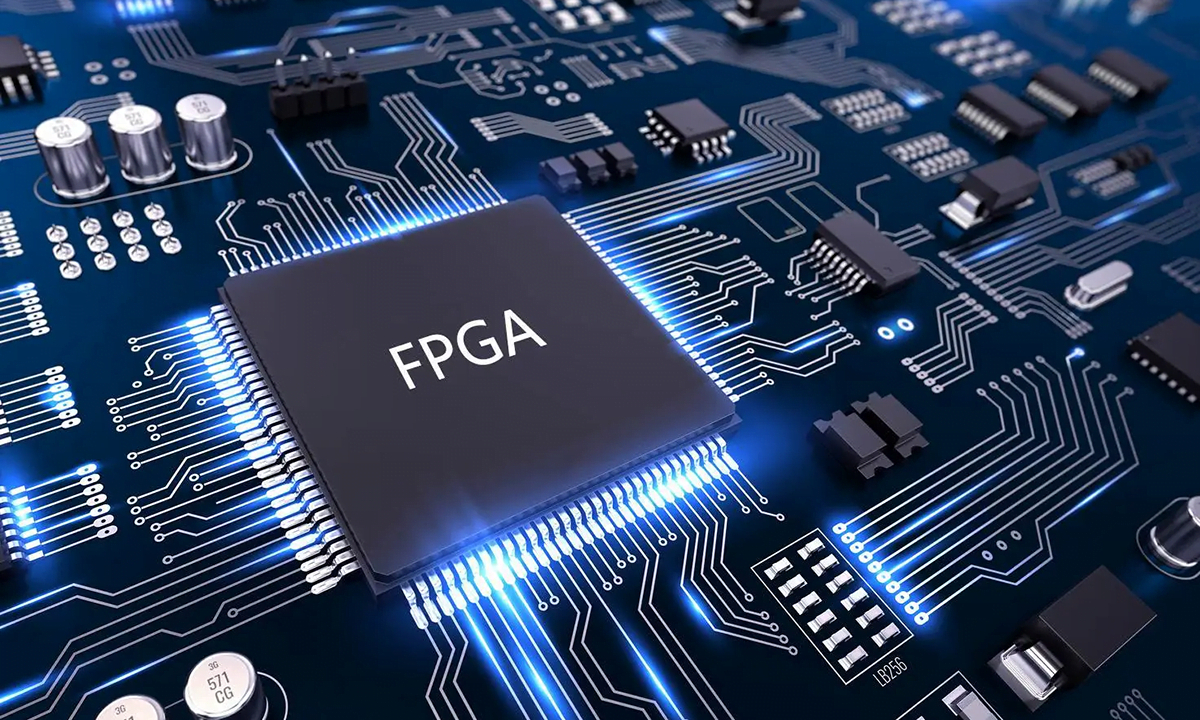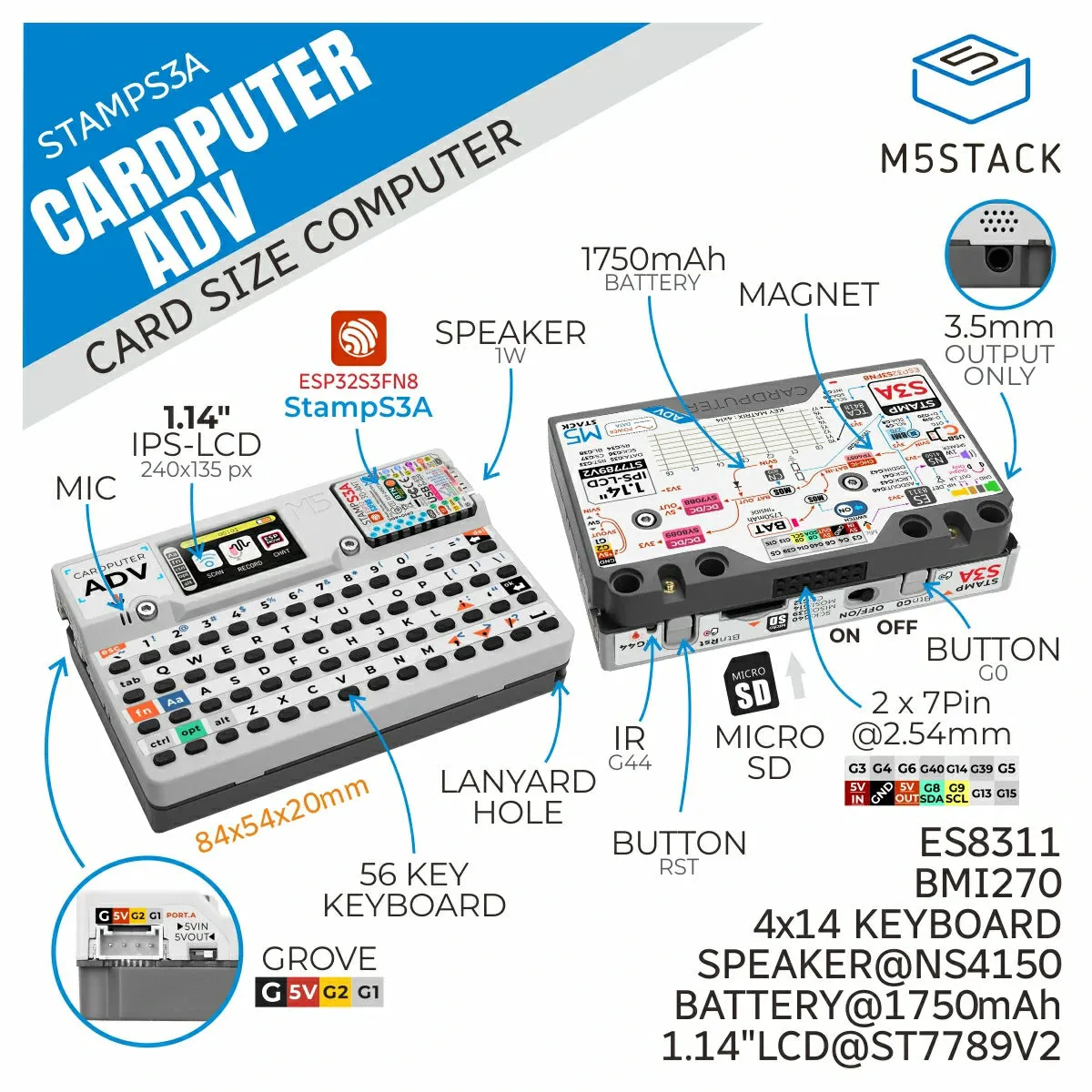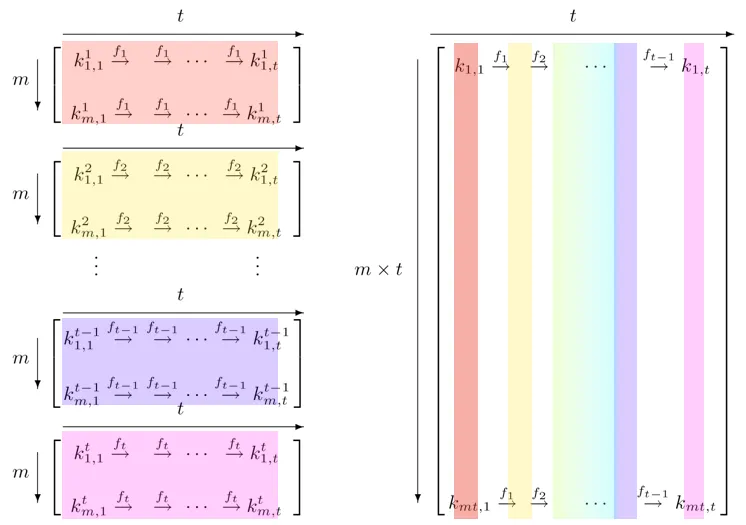Understanding FPGA: A Beginner’s Guide
Introduction to FPGA
Field Programmable Gate Arrays, or FPGAs, are a type of integrated circuit that you can program after manufacturing. This characteristic distinguishes them from other types of chips, which are hardwired to perform a specific task. Think of an FPGA as a blank slate that can be configured to perform a wide range of tasks, depending on what you need it to do.
What is an FPGA?
An FPGA is a piece of hardware used in electronics to create custom digital circuits. Unlike traditional chips that come pre-programmed from the factory, an FPGA can be programmed in the field — meaning outside the factory — to perform any function that you need it to. This makes them incredibly versatile.
Key Characteristics:
- Programmable: You can configure FPGAs to perform different functions after they have been manufactured.
- Digital Electronics: They are mainly used for digital signal processing.
- Design Flexibility: You can specify the design using schematics (diagrams of electronic circuits) or a hardware description language (HDL).
How Do FPGAs Work?
FPGAs consist of an array of programmable logic blocks and a hierarchy of reconfigurable interconnects that allow these blocks to be wired together. These blocks can be configured to perform complex combinational functions, or simple logic gates like AND, OR, and XOR.
- Logic Gates: These are the basic building blocks of digital circuits. For instance, an AND gate outputs true only if all its inputs are true.
- Look-Up Tables (LUTs): These are used to implement combinational logic in FPGAs. Think of an LUT as a small memory that stores the results of logic operations.
- Flip-Flops: These are used for storing binary data and are the basic elements of sequential logic.
Example of a Basic Logic Operation:
Consider an AND gate where the output is true only if both input A and input B are true.
Programming FPGAs
Programming an FPGA involves creating a design file using schematics or an HDL like VHDL or Verilog. This design file is then processed by software tools to generate a bitstream file, which configures the FPGA.
Design Flow:
- Design Entry: Specify the design using schematics or HDL.
- Synthesis: Convert the high-level design into a network of logic gates.
- Implementation: Map the synthesized design onto the FPGA’s physical resources.
- Configuration: Load the bitstream file into the FPGA to set it up.
Applications of FPGAs
FPGAs are used in various applications due to their flexibility and performance. Some common uses include:
- Digital Signal Processing (DSP): For tasks such as audio and video processing.
- Communication Systems: Used in devices that require fast and reliable data processing.
- Automotive: For real-time processing in advanced driver-assistance systems (ADAS).
- Medical Devices: In imaging systems and portable medical devices.
Example in Communications:
In a communication system, an FPGA can be used to implement error correction algorithms, ensuring data integrity during transmission.
Advantages of FPGAs
- Reprogrammability: You can update the functionality after deployment, which is useful for adapting to new requirements or fixing bugs.
- Parallel Processing: FPGAs can perform many operations simultaneously, making them faster for specific tasks compared to sequential processing in CPUs.
- Customization: Tailor the hardware to fit the exact needs of your application, optimizing performance and power consumption.
Challenges and Considerations
While FPGAs are powerful, they also come with challenges:
- Complexity: Designing for FPGAs requires knowledge of digital circuit design and HDL programming.
- Cost: High-end FPGAs can be expensive, although development boards and tools are available for beginners.
Getting Started with FPGAs
For beginners, starting with an FPGA development board and simple projects is recommended. Many manufacturers provide tutorials and example designs to help you learn.
Steps to Begin:
- Choose a Development Board: Look for a board from reputable manufacturers like Xilinx or Intel.
- Learn HDL: Start with basic tutorials in VHDL or Verilog.
- Use Development Tools: Familiarize yourself with software tools like Xilinx Vivado or Intel Quartus.
Conclusion
FPGAs are a versatile and powerful tool in the field of electronics, allowing for custom digital circuit design and high-performance applications. With the ability to be reprogrammed and their parallel processing capabilities, they offer unique advantages over traditional fixed-function chips. Whether you’re working on a hobby project or a professional application, understanding and utilizing FPGAs can open up a world of possibilities in digital design.







Post Comment